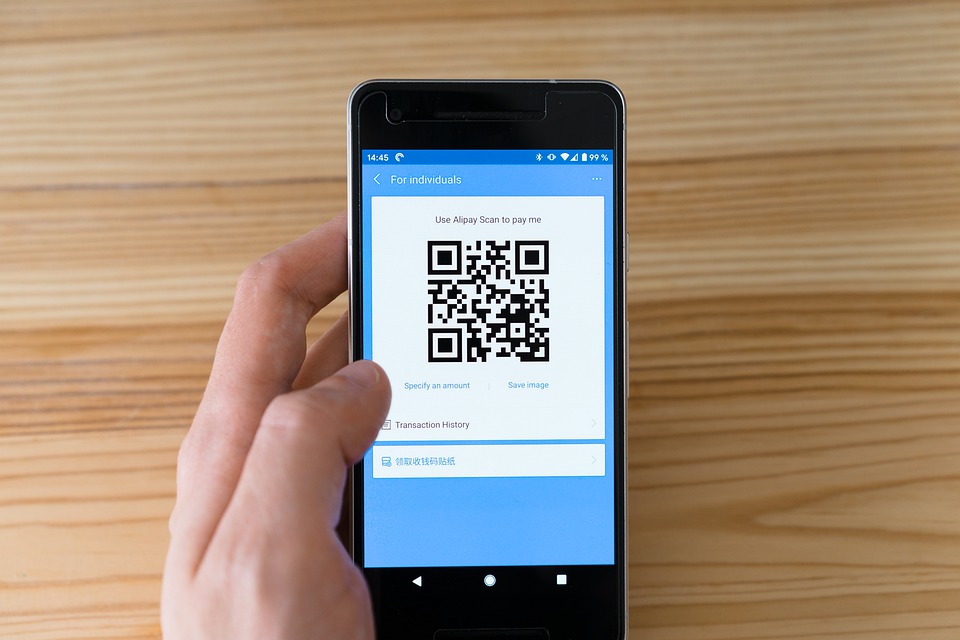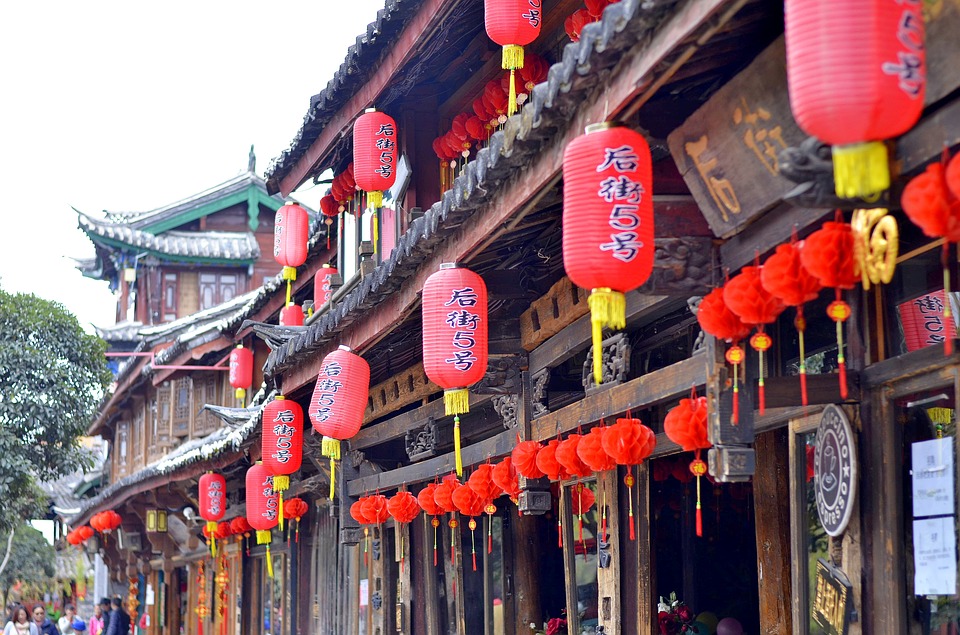What to visit in China - From hutongs to skyscrapers and rice terraces

China is a huge country with countless sights and attractions. Be prepared to be pleasantly and unpleasantly surprised by the extraordinary nature of Chinese culture, people, cities and environment. Are you planning a visit to China, have a look at some of the higlights below to determine what to visit in China.
- Xi'an: the original starting point of the Silk Road and the city connecting China with the Roman empire. You can still travel this historic route which leads east towards Kashgar. Xi'an itself is a pleasant town to stay a few days. Cycle along the 14 kilometre long and 12 metre high city wall which dates back to the seventh and ninth century and is mostly still intact. Admire the terracotta army. This archaeological find of 9099 terracotta figurines, was a burial gift to Qin Shi Huang, the first emperor of China.
- Beijng: there is plenty to explore in China’s capital. Visit the Forbidden City, the former imperial palace which, contrary to its name, is now open to visitors. Set foot on historic Tiananmen Square (Gate of Heavenly Peace), home to the Mausoleum of Mao Zedong. Escape the skyscrapers and the crowds in one of the many parks where the Chinese play Mah-Jong and card games and relax. For example in Beihai park or the summer palace. Walk through the picturesque Hutongs around the Lama temple to see narrow streets and alleys connecting the traditional courtyards and visit one of the many restaurants and bars. Or visit a Peking Opera and gaze at the special costumes, make-up, music and combination of vocal, acrobatic and mime performance.
- Visit the Great Wall of China. The 6259 kilometre long defence wall was built to protect the Chinese empire against enemies. It was named one of the seven new world wonders in 2007. If you visit from Beijing you'll arrive at the most crowded spots while if you go more east you might have the wall all for yourself.
- Lijiang and the Tiger Leaping Gorge: Lijiang is one of the prettiest cities in China. Explore the historic centre and enjoy the natural beauty of the surrounding countryside and Lijiang Valley. Built where the river Jade forks three ways, the city’s many waterways and bridges have earned it the moniker Venice of the East. North of Lijiang is the Tiger Leaping Gorge. This twenty kilometre long gorge is only thirty meters wide at its narrowest. A big rock in the river marks the narrowest point. According to legend, a tiger was seen leaping across the canyon using this rock, hence the name.
- Enjoy seeing the giant panda in the wild, for example in Jiuzhaigou National Park in the north of Sichuan Province or the Wolong National Nature Reserve in Wenchuan County, in the centre of Sichuan Province. Or visit Sichuan’s capital Chengdu, home to Chengdu Panda Breeding Research Base, a research facility open to visitors.
- Chengdu is also a good base to visit Leshan, a little village where you can find one of the tallest, 71 meters, sitting Buddha’s in China.
- Travel from Guilin to the beautifully vast and unspoiled Dragon’s Backbone Rice Terraces (also known as Longji Rice Terraces) in Longsheng. You can book a daytrip but also explore the area on a scooter on your own.
- Explore modern China in the metropolises of Shanghai or Hong Kong. Take a boat tour in Hong Kong to see the impressive skyline from the water, take a breather on one of the beaches and party in one of the many clubs. In Shanghai, explore the city by bike. Or visit the observation deck at the Shanghai tower, one of the tallest buildings in the world, to see the city from above.
- Visit Hangzhou and Suzhou. both towns are one of the biggest tourist attractions of China. Known for their natural beauty and cultural heritage. Both can be visited from Shanghai.
Of course there are plenty more sights that are worth visiting. Do you have any tips to this list? Feel free to leave a comment below.
- 1500 keer gelezen





 China
China Hong Kong
Hong Kong






Add new contribution